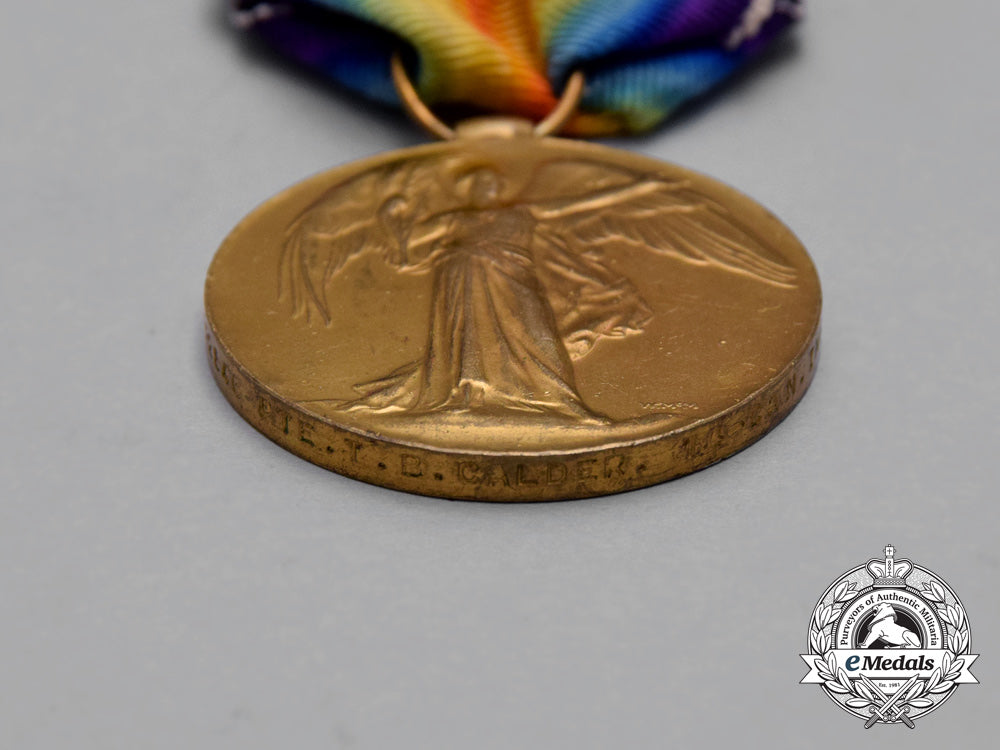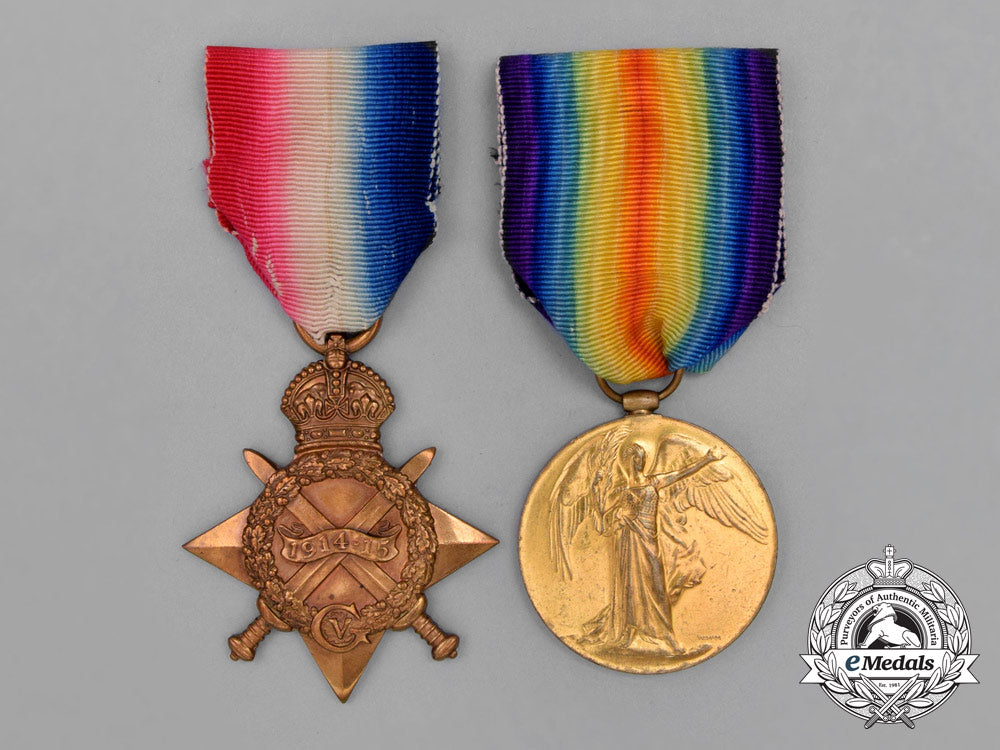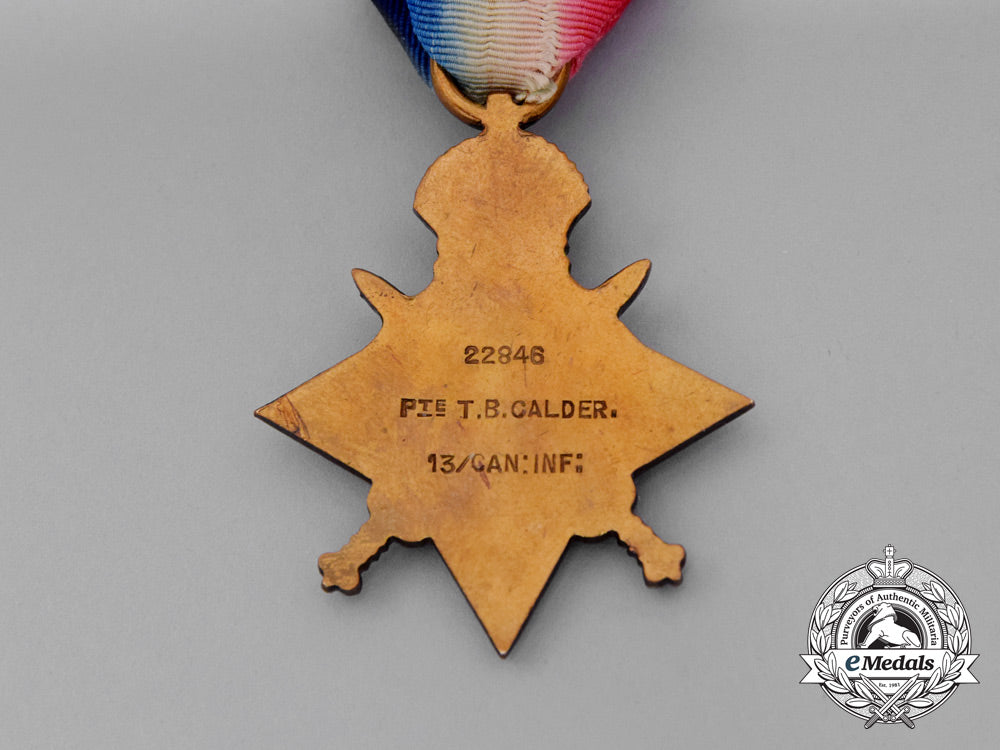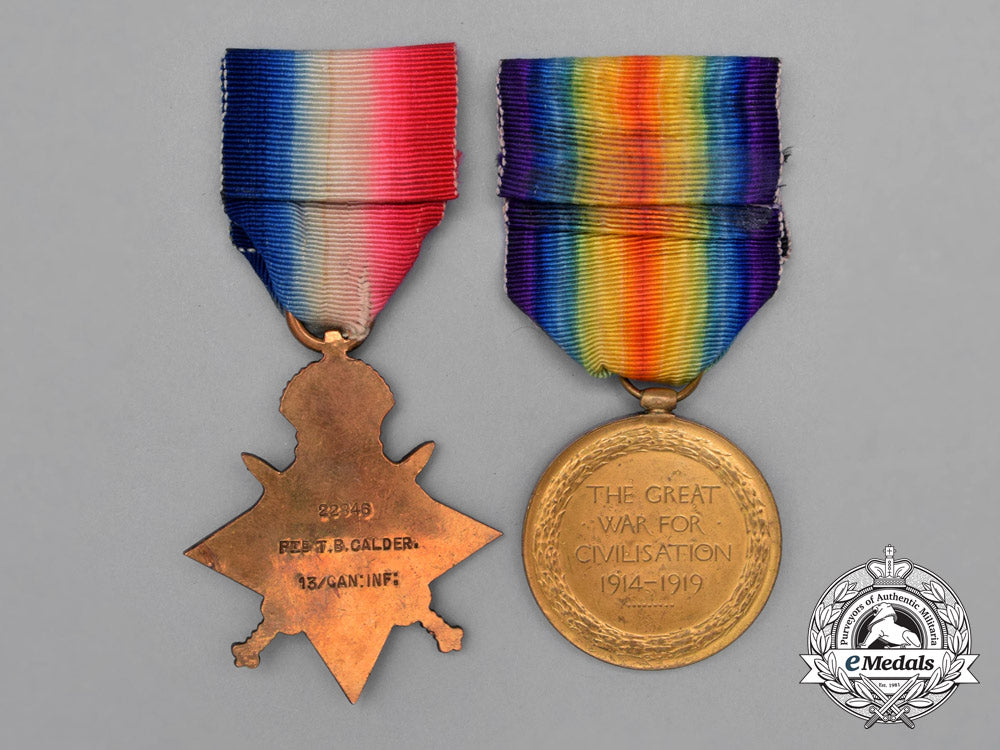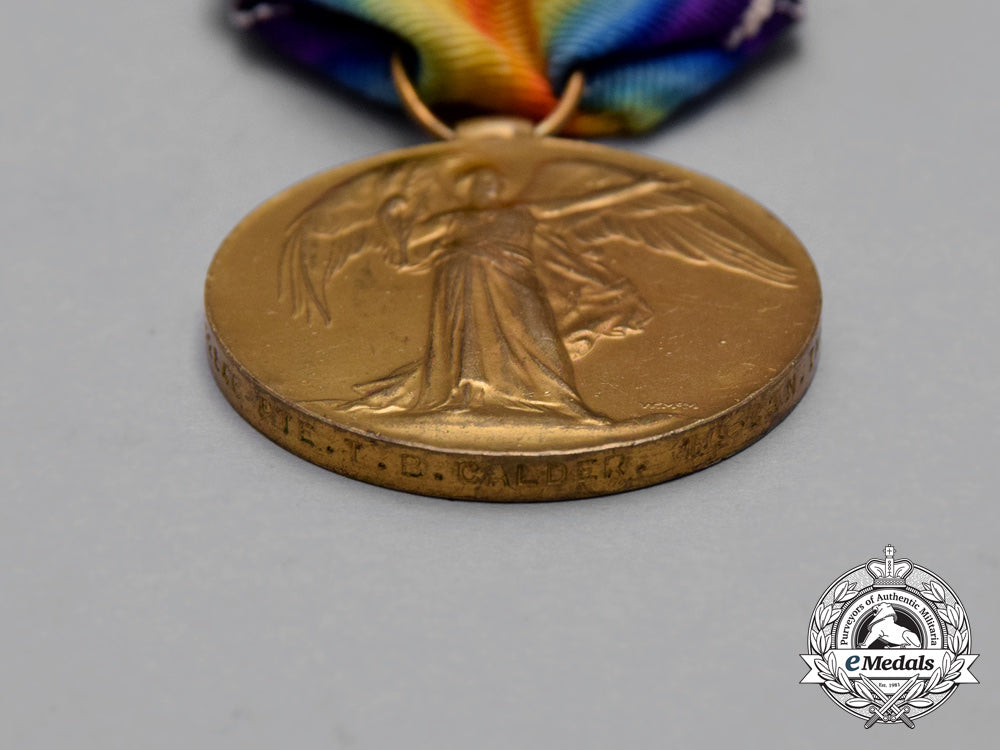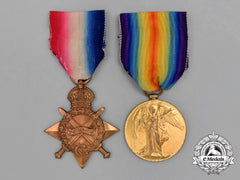
LOADING ...
In response to evolving domestic opinion, eMedals Inc has made the conscious decision to remove the presentation of German Third Reich historical artifacts from our online catalogue. For three decades, eMedals Inc has made an effort to preserve history in all its forms. As historians and researchers, we have managed sensitive articles and materials with the greatest of care and respect for their past and present social context. We acknowledge the growing sentiments put forth by the Canadian public and have taken proactive actions to address this opinion.
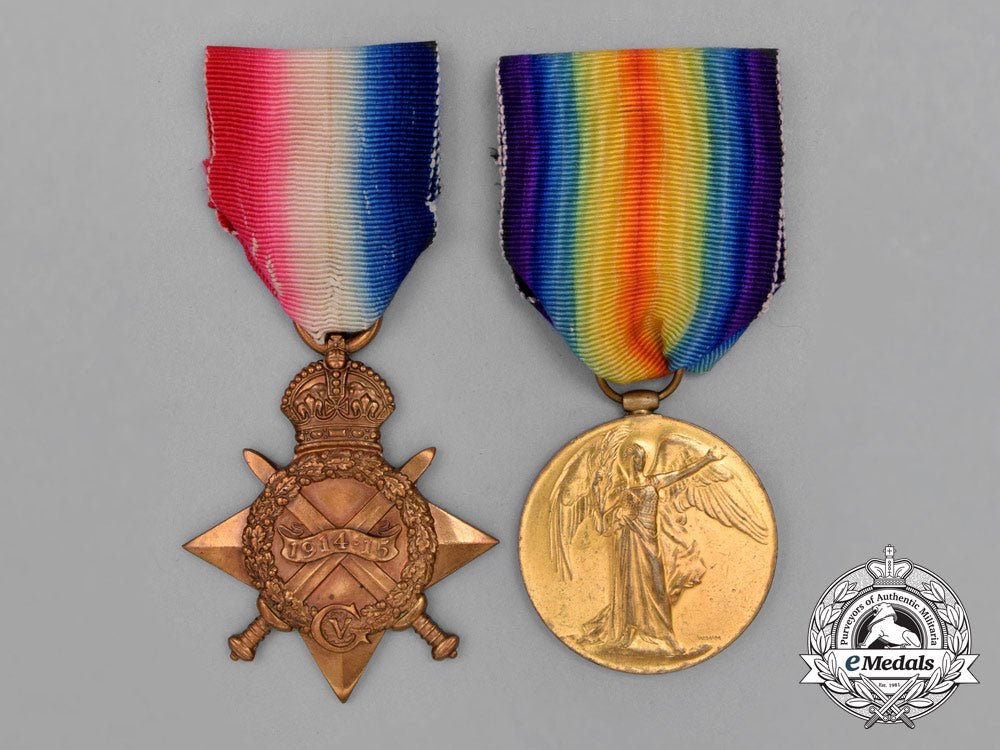

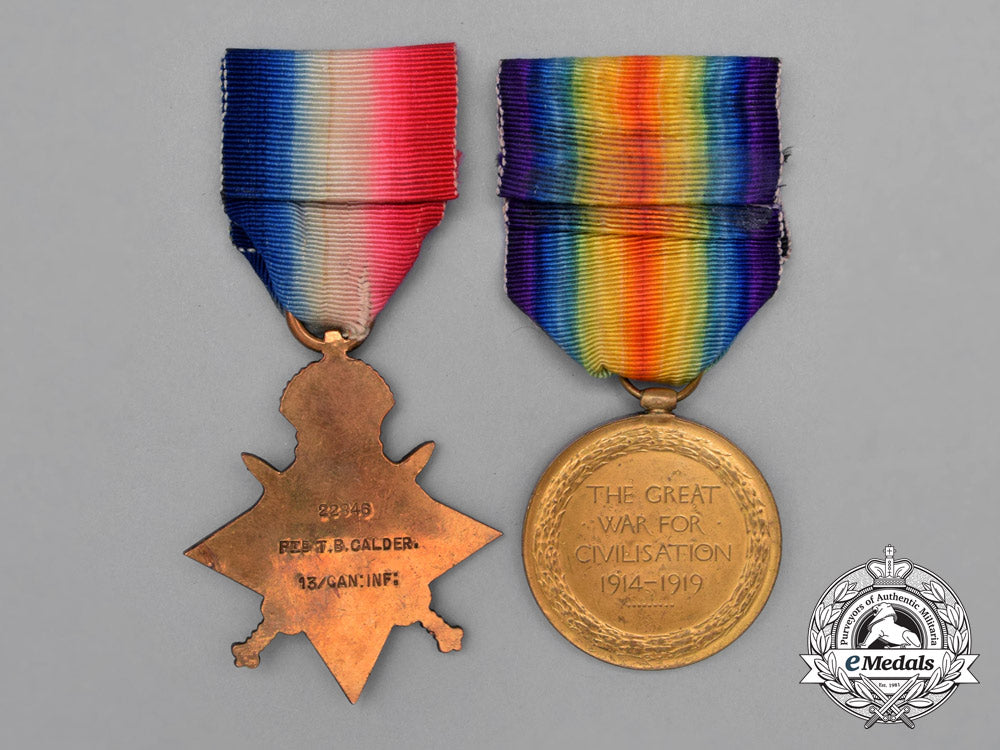
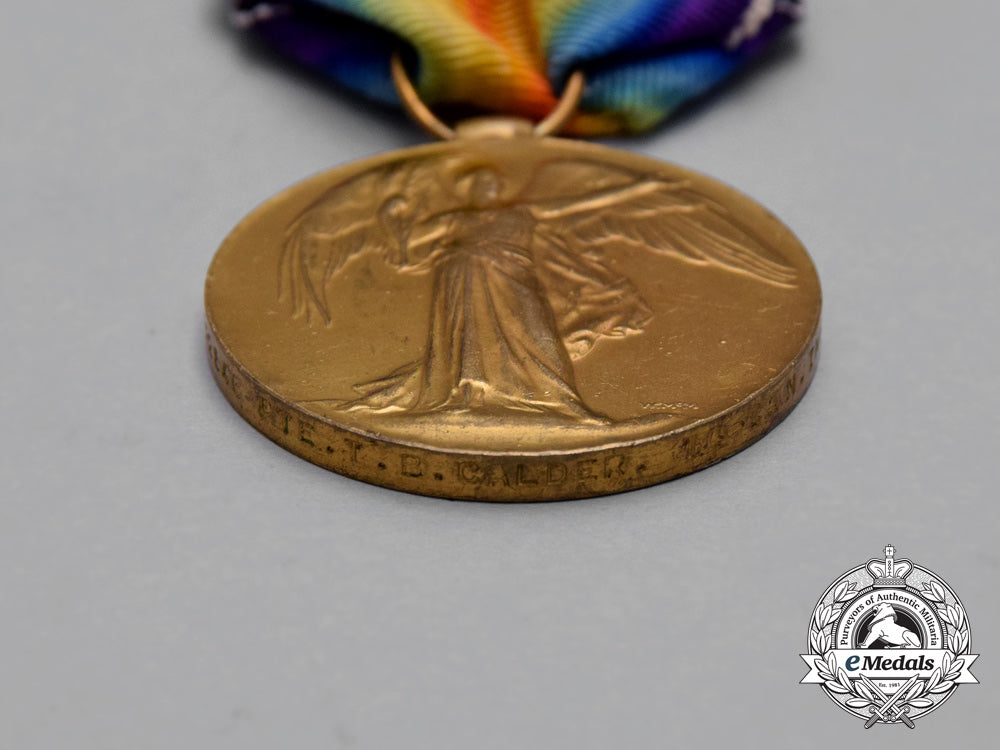
Canada. A First War Pair To The 13Th Battalion; Wia July 12,1916
Canada. A First War Pair To The 13Th Battalion; Wia July 12,1916
SKU: ITEM: C4709
Current Bid:
Your Max Bid:
Bid History:
Time Remaining:
Couldn't load pickup availability
Shipping Details
Shipping Details
eMedals offers rapid domestic and international shipping. Orders received prior to 12:00pm (EST) will be shipped on the same business day.* Orders placed on Canadian Federal holidays will be dispatched the subsequent business day. Courier tracking numbers are provided for all shipments. All items purchased from eMedals can be returned for a full monetary refund or merchandise credit, providing the criteria presented in our Terms & Conditions are met. *Please note that the addition of a COA may impact dispatch time.
Shipping Details
eMedals offers rapid domestic and international shipping. Orders received prior to 12:00pm (EST) will be shipped on the same business day.* Orders placed on Canadian Federal holidays will be dispatched the subsequent business day. Courier tracking numbers are provided for all shipments. All items purchased from eMedals can be returned for a full monetary refund or merchandise credit, providing the criteria presented in our Terms & Conditions are met. *Please note that the addition of a COA may impact dispatch time.
Description
Description
1914-15 Star (22846 Pte T.B. CALDER. 13/CAN:INF:); and Victory Medal (22846 PTE. T.B. CALDER. 14-CAN.INF.). Naming is officially impressed. Unmounted, original ribbons, light contact, near extremely fine.
Footnote: Thomas Barclay Calder was born on November 10, 1888 in Rutherglen, Scotland. It is noted in his medical records that he had had scarlet fever, measles, whooping cough and mumps as a child, along with pneumonia at the age of 16, which he "recovered well" from. Calder signed his Attestation Paper as a Private (22846) with the 12th Infantry Battalion, on September 28, 1914, in Quebec City, Quebec, at the age of 25, naming his next-of-kin as his mother, Agnes Calder of Rutherglen, stating the he was with an Active Militia, that he was not married and that his trade was that of Analytical Chemist. His religion was Church of England. The Battalion was raised in Quebec, New Brunswick and Prince Edward Island with mobilization headquarters at Camp Valcartier, under the authority of P.C.O. 2067, August 6, 1914. The Battalion sailed October 3, 1914 aboard the S.S. Scotian, under the command of Lieutenant-Colonel H.F. McLeod with a strength of 45 officers and 1,028 other ranks. Upon arrival in England, the 12th Battalion was re-designated the 12th Reserve Battalion forming part of the Canadian Training Depot. Calder was later transferred to the 14th Infantry Battalion and was with this unit that he proceeded overseas for service in the French theatre, arriving in France on April 26, 1915. Two weeks after arriving in France, he was transferred to the 13th Infantry Battalion on May 8th. Four weeks after his transfer to the 13th Infantry Battalion, Private Calder was admitted to No. 1 Canadian Field Ambulance with a case of appendicitis on June 4, 1916 and was transferred to No. 17 Casualty Clearing Station the same day. The following day, June 5th, he was admitted to No. 22 General Hospital at Camiers and after a successful procedure to remove the appendix, he was transferred to No. 6 Convalescent Camp at Etaples on June 8th to recuperate. After five days' rest, he was posted to the Canadian Base Depot on June 13th and rejoined his unit on the 18th. Three and a half weeks after rejoining the 13th Infantry Battalion, Private Calder suffered a gun shot wound (shrapnel ball) to his right hip, on July 12, 1916, the bullet lodging in his muscle. He was admitted to No. 2 Canadian Field Ambulance on July 16, 1916 and was transferred to No. 10 Casualty Clearing Station the same day. The following day, July 17th, he was transferred to No. 2 Casualty Clearing Station on the 17th and was invalided to England via St. Denis. Upon arrival in England, he was admitted to Norfolk and Norwich Hospital on July 19, 1916, where he had surgery in order to remove the bullet, his stay in hospital lasting eleven weeks. He was subsequently transferred to the Canadian Convalescent Hospital at Woodcote Park, Epsom on October 2nd, where he would convalesce for the next five and a half weeks, before being discharged on November 10, 1916, and posted to the Canadian Casualty Assembly Centre as "Fit". He was struck off strength to the 1st Quebec Regiment at the Canadian Command Depot on March 10, 1917, then to the Canadian Army Medical Corps on October 21st and placed on command to the Canadian Command Depot on October 27th. He returned to the CAMC Depot on August 20, 1918 and was placed on command to the 3rd Canadian Command Depot at Seaford on August 28th. Now almost fully recovered, he was posted to Ravenscroft Hospital for duty on January 17, 1919, then placed on command at No. 14 Canadian General Hospital (Canadian Army Medical Corps) at Eastbourne, Sussex on the 20th. A medical exam was performed on him at No. 14 Canadian General Hospital on March 28th, the doctor noting that the bullet had been "removed through in an incision on the right side of his abdomen", that the wound was "well healed" and that Calder "walks perfectly" and had "no symptoms". He was struck off strength to the 14th Infantry Battalion, pending return to Canada as of March 30th. Private Thomas Barclay Calderproceeded to Canada on April 14, 1919 and was discharged upon demobilization on April 23, 1919, at Dispersal Station "E", Military District No. 5 in Quebec City, entitled to wear the War Service Badge, Class "A", number 244563. His proposed residence after his discharge was to be Montreal, Quebec.
Description
1914-15 Star (22846 Pte T.B. CALDER. 13/CAN:INF:); and Victory Medal (22846 PTE. T.B. CALDER. 14-CAN.INF.). Naming is officially impressed. Unmounted, original ribbons, light contact, near extremely fine.
Footnote: Thomas Barclay Calder was born on November 10, 1888 in Rutherglen, Scotland. It is noted in his medical records that he had had scarlet fever, measles, whooping cough and mumps as a child, along with pneumonia at the age of 16, which he "recovered well" from. Calder signed his Attestation Paper as a Private (22846) with the 12th Infantry Battalion, on September 28, 1914, in Quebec City, Quebec, at the age of 25, naming his next-of-kin as his mother, Agnes Calder of Rutherglen, stating the he was with an Active Militia, that he was not married and that his trade was that of Analytical Chemist. His religion was Church of England. The Battalion was raised in Quebec, New Brunswick and Prince Edward Island with mobilization headquarters at Camp Valcartier, under the authority of P.C.O. 2067, August 6, 1914. The Battalion sailed October 3, 1914 aboard the S.S. Scotian, under the command of Lieutenant-Colonel H.F. McLeod with a strength of 45 officers and 1,028 other ranks. Upon arrival in England, the 12th Battalion was re-designated the 12th Reserve Battalion forming part of the Canadian Training Depot. Calder was later transferred to the 14th Infantry Battalion and was with this unit that he proceeded overseas for service in the French theatre, arriving in France on April 26, 1915. Two weeks after arriving in France, he was transferred to the 13th Infantry Battalion on May 8th. Four weeks after his transfer to the 13th Infantry Battalion, Private Calder was admitted to No. 1 Canadian Field Ambulance with a case of appendicitis on June 4, 1916 and was transferred to No. 17 Casualty Clearing Station the same day. The following day, June 5th, he was admitted to No. 22 General Hospital at Camiers and after a successful procedure to remove the appendix, he was transferred to No. 6 Convalescent Camp at Etaples on June 8th to recuperate. After five days' rest, he was posted to the Canadian Base Depot on June 13th and rejoined his unit on the 18th. Three and a half weeks after rejoining the 13th Infantry Battalion, Private Calder suffered a gun shot wound (shrapnel ball) to his right hip, on July 12, 1916, the bullet lodging in his muscle. He was admitted to No. 2 Canadian Field Ambulance on July 16, 1916 and was transferred to No. 10 Casualty Clearing Station the same day. The following day, July 17th, he was transferred to No. 2 Casualty Clearing Station on the 17th and was invalided to England via St. Denis. Upon arrival in England, he was admitted to Norfolk and Norwich Hospital on July 19, 1916, where he had surgery in order to remove the bullet, his stay in hospital lasting eleven weeks. He was subsequently transferred to the Canadian Convalescent Hospital at Woodcote Park, Epsom on October 2nd, where he would convalesce for the next five and a half weeks, before being discharged on November 10, 1916, and posted to the Canadian Casualty Assembly Centre as "Fit". He was struck off strength to the 1st Quebec Regiment at the Canadian Command Depot on March 10, 1917, then to the Canadian Army Medical Corps on October 21st and placed on command to the Canadian Command Depot on October 27th. He returned to the CAMC Depot on August 20, 1918 and was placed on command to the 3rd Canadian Command Depot at Seaford on August 28th. Now almost fully recovered, he was posted to Ravenscroft Hospital for duty on January 17, 1919, then placed on command at No. 14 Canadian General Hospital (Canadian Army Medical Corps) at Eastbourne, Sussex on the 20th. A medical exam was performed on him at No. 14 Canadian General Hospital on March 28th, the doctor noting that the bullet had been "removed through in an incision on the right side of his abdomen", that the wound was "well healed" and that Calder "walks perfectly" and had "no symptoms". He was struck off strength to the 14th Infantry Battalion, pending return to Canada as of March 30th. Private Thomas Barclay Calderproceeded to Canada on April 14, 1919 and was discharged upon demobilization on April 23, 1919, at Dispersal Station "E", Military District No. 5 in Quebec City, entitled to wear the War Service Badge, Class "A", number 244563. His proposed residence after his discharge was to be Montreal, Quebec.




You May Also Like
Japan, Empire. A T90 Civil Defense Helmet, c.1943
W8287
Canada, CEF. A Large Oval Photo
C7175
International. A Lot of Five Medals & Badges
M0685-9
Italy, Kingdom. An Order of St. Maurice and St. Lazarus, c.1900
EU23629
Spain, Kingdom. A Royal and Military Order of St. Hermenegildo, Grand Cross Star, c.1880
EU23630
-
Japan, Empire. A T90 Civil Defense Helmet, c.1943
W8287
Add to CartRegular price $275 USDRegular price $0 USD Sale price $275 USDUnit price / per -
Canada, CEF. A Large Oval Photo
C7175
Add to CartRegular price $120 USDRegular price $0 USD Sale price $120 USDUnit price / per -
International. A Lot of Five Medals & Badges
M0685-9
Add to CartRegular price $200 USDRegular price $0 USD Sale price $200 USDUnit price / per -
Italy, Kingdom. An Order of St. Maurice and St. Lazarus, c.1900
EU23629
Add to CartRegular price $375 USDRegular price $0 USD Sale price $375 USDUnit price / per -
Spain, Kingdom. A Royal and Military Order of St. Hermenegildo, Grand Cross Star, c.1880
EU23630
Add to CartRegular price $685 USDRegular price $0 USD Sale price $685 USDUnit price / per
Do you have a similar item you are interested in selling?
Please complete the form and our client care representatives will contact you.
Sell Item


